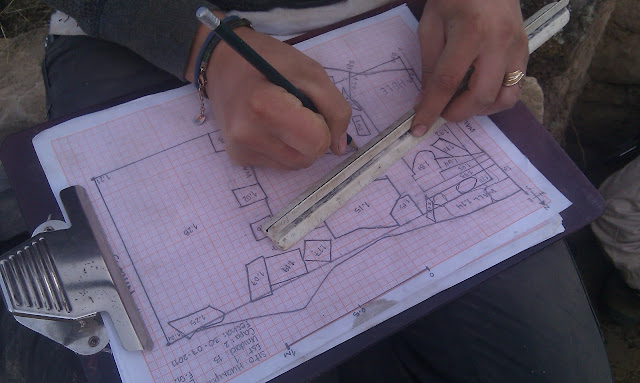First group 2011 in Marcajirca: Omar Alejos, Alejandra Contreras, Sammanta Linninger, Dr. John Verano, Jasmine Cloven, Mellisa Lund, Grace Warren, Amelia Hessey, Kristen Glass, Emily McDaniels, Sammantha Holder, Katia Valladares, Kathryn Mortesen, Leslie Corona and Rachael Porter
 |
Second Group 2012 in Marcajirca: Mellisa Lund, José Sanchez, Emily McDaniels, Bebel Ibarra, Rosemary Pinales, Chritopher Rinker, Oscar Loyola, Carlos Escobar y Fernando Gutierrez (up)
Reona Oda, Magdalena Auron, Karine Andreassen, Kelsey Hack and Michaela Reizenger (down) |
 |
Lecture in Huari House by Dr. Verano, Department of Anthropology of Tulane University, during his visit to our field school in 2011 |
 |
| Excavations in tombs are usulaly in small spaces |
Excavation in tombs involve work in many positions and closed spaces
 |
| Verifying Bone Inventory under Oscar's supervision |
 |
| Analyzing and making inventory of the material beside chullpas |
 |
| Mellisa supervising bone inventory in Marcajirca Lab |
 |
| Working in Marcajirca lab students rotate: maximum 3 students at a time in order to give a quality teaching |
 |
| Bone Inventory Form to be filled out |
 |
Drawing recording bone distribution in tombs
|





















